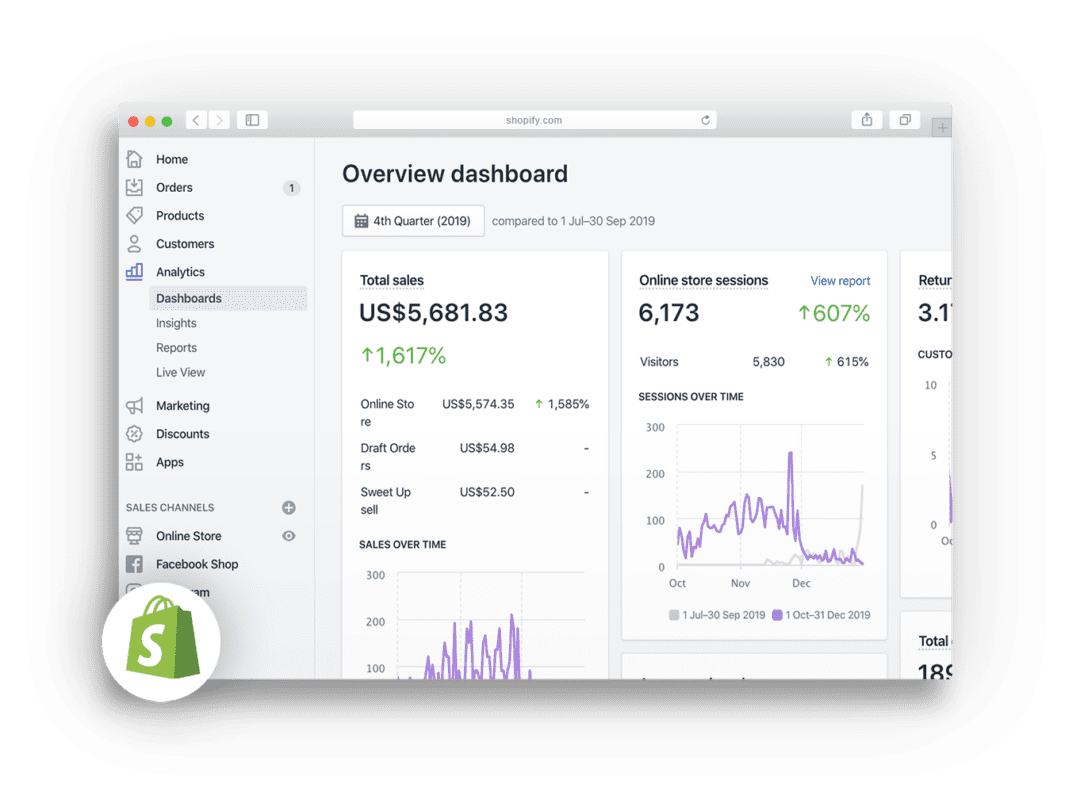There’s a lot happening in the AI space right now which is the result of massive sector growth over the last ten years. Because of this, we are seeing AI have an effect on almost everything we do. We’ve seen machine learning help us find better content and products online, connect with more like-minded people and make daily tasks easier.
The question for many of us in the UX industry is – how far will our AI obsession start to change how we do things? And will AI replace UX designers altogether?
What’s clear so far is that we’re in the early stages of a new era, where AI becomes a bigger part of our design processes and creativity. Whilst it seems a little daunting, there are plenty of possibilities on the horizon.
Just take a look at some of the creativity to come out of MidJourney – although it looks awesome, it still needs some human intervention to truly be effective for the end user.
So let’s deep dive into our thoughts on this subject, not just as a passionate UX design agency, but as user advocates in the digital design world.
Why are UX research and UX design so important?
If you are selling products and services in the digital world, then the success of your digital presence is determined by two things
- Your understanding of your user’s pain points and solutions
- Your unique position to understand how their specific behaviours affect your conversion opportunities
This is the foundation of every successful website and SaaS out there.
Start your project with strong UX research and you’ll have all the data you need to provide evidence of who your customer is, what they want and how they need it delivered.
Key this data into a strong UX design process and you’ll create a website or product that knows exactly when and how to deliver the right information at the right moment to capture more sales and retain more loyal clients.
By introducing AI automation into the UX area of your project you could see both pros and cons. Before you start automating things, it’s important you understand what they are.

The dangers of relying solely on AI in the UX design industry
AI can do many things for the UX industry, but even though it’s still early days, here at Strafe Creative we think the UX design process is not entirely “automatable”.
Let’s dig into why…
Although AI tools will become smarter, they can’t generate winning UX ideas on their own
There are lots of great AI tools out there and with so many in their early development stages, it is easy to see that some will evolve quite rapidly over the next few years.
The biggest problem we face as an industry is falling into a position where we allow convenience and laziness to bury what good UX design should do.
Let’s look at Looka’s Logo Maker as an example of convenience. It is popular AI-powered software that helps you design simple logos for free.
You answer a few simple questions – company name, slogan and industry. Then you select the logo templates you like, a few brand colours and give an indication of symbols you’d like to use. Logo ideas are then populated in real-time from your choices.

All of this is great if you need to produce a quick marker with zero budget – but as with anything, you get what you pay for. Here are some considerations from a design standpoint
1. Logo quality and variety don’t showcase why customers should choose you – If you run an idea for a logo through any logo generator you will be restricted to the quality of graphic templates available in the software database (see above, am I right?) While these can always improve with the addition of higher quality pieces they can’t specifically design for your unique audience.
Ending up with a generic design means you lose the power of targeting your ideal customer and as a result, you get a generic and often unloyal customer base who don’t buy much of anything.
2. Good design is much more complicated than simple AI questioning – to simplify logo design to just a few layers of questioning isn’t going to give you a high-quality logo that will signal trust and establish a connection with your specific audience. Customer understanding is much deeper rooted than that.
Yes of course there is a point at which AI will undoubtedly improve, but we believe that it won’t be able to automate the design process to include design decision-making when it comes to brand. That requires human design expertise.
More UX automation could quickly lead to design stagnation
AI automation can be great in many situations, but not if it leads to overall design stagnation.
Another example of convenient automation is Squarespace. Squarespace’s automation AI for the back end of e-commerce can be extremely helpful to small businesses that need an online shop quickly and within a tight budget. They also have a wide selection of web design templates to choose from, making setup and launch even easier.
The problem is that differentiating your website and customer experience from all the other Squarespace users is pretty hard. Why? Because AI can’t yet offer a broad enough spectrum of customisation within their database of templates that allow for unique branding.
What happens over time is that as more users take this automated, easier route, the market becomes flooded with generic e-commerce sites. This means your brand gets hidden before it has had a chance to shine, if that is, you don’t consider upgrading your website later down the line.
That’s when you’ll need UX and design experts to help you make a bigger market impact.
Automated template selection relies on visual signals rather than the need for user understanding
Let’s look at Squarespace again for this. For no other reason than we are already in the zone here (sorry Squarespace 🤗).
A lot of their website templates look great because of the choice of photography. This can be misleading when making your selection if you don’t understand important user information like preferred user flow or buyer objections.
We often see cases where clients choose templates (regardless of provider) based on how they look. And you can see why it happens. They need a website, don’t want or have the money to spend and usually have pretty limited time. They opt for convenience tied up in a simple package.

Fall into this trap of sweeping user understanding under the carpet and you potentially damage your opportunities to attract and convert buyers before you have even launched.
Automated SaaS design becomes so generic you don’t get the uptake
We believe there are many areas where automation can be useful in UX design, but one space we don’t think you should approach with an “automation-first” method is SaaS design.
Good SaaS design is user-led – it is all about helping a specific set of people do a specific thing.
As a subscription-based business model, it is heavily reliant on understanding a user not just to deliver a solution for that “thing”, but also to understand how to make their experience doing the thing an easier and happier journey.
To avoid high churn rates SaaS owners also have to understand their users well enough to create exciting new features. New features are opportunities to attract more plan upgrades from your existing customer base. Great SaaS companies who have achieved this are rooted in user experience understanding.
If we wanted to design a SaaS to compete with Slack, for example, we wouldn’t look for an automated interface that mimics Slack. Instead, we’d design from scratch based on our own UX research and understanding of how we can deliver something that fits with those who like the idea of Slack, but don’t enjoy the experience.
The use of generic design in SaaS leads to products that don’t get off the ground.

Where we see AI become an effective and useful addition to the UX design process
Don’t think for even a second we don’t see a space for AI in making UX better, we are open to what AI can do. Here’s where we think AI can certainly have an immediate and positive impact in the current UX space.
AI can help great UX designers to work more time efficiently
If we scrap the idea of automation as just a tool for convenience, then we believe AI can have a profound effect on time efficiencies within design processes.
Flowbase and Systemflow are great examples of automated template databases that have big potential.

The key for designers is understanding that as a resource it could help us design quicker, but only design well if we take automated elements as starting points. Time savings on the initial design, testing and coding could have a huge knock-on effect on project timelines and budgets.
AI can assist UX designers with simple ideation
Good UX design isn’t always about reinventing the wheel, many great UX designs borrow best practice examples. Simple ideation often comes from the use of design elements we know work. AI could be incredibly useful here, whether that’s through an in-house database, or using resources like Flowbase or Systemflow.
The key is in understanding where best practices or previous design elements fit a new product or website.
Ultimately the use of AI in UX design still needs human intervention
AI is undoubtedly here to stay but to make use of it in a way that positively affects the UX industry we need to avoid being lazy or thoughtless with its use. And we also need to understand that good design comes from user understanding that can only be designed with human intervention.
We need to put the user first and keep them there.
So instead of thinking – “How or will AI replace a UX designer?”, instead we need to ask
When, where and how will AI benefit the user experience?
When, where and how can AI benefit a UX designer’s ability to fulfil the brief?
We’d love to chat with you more about your next UX project and how you can get more bang for your buck by putting your user first. Drop your project idea in the planner below and let’s show you what a great user experience looks like.





